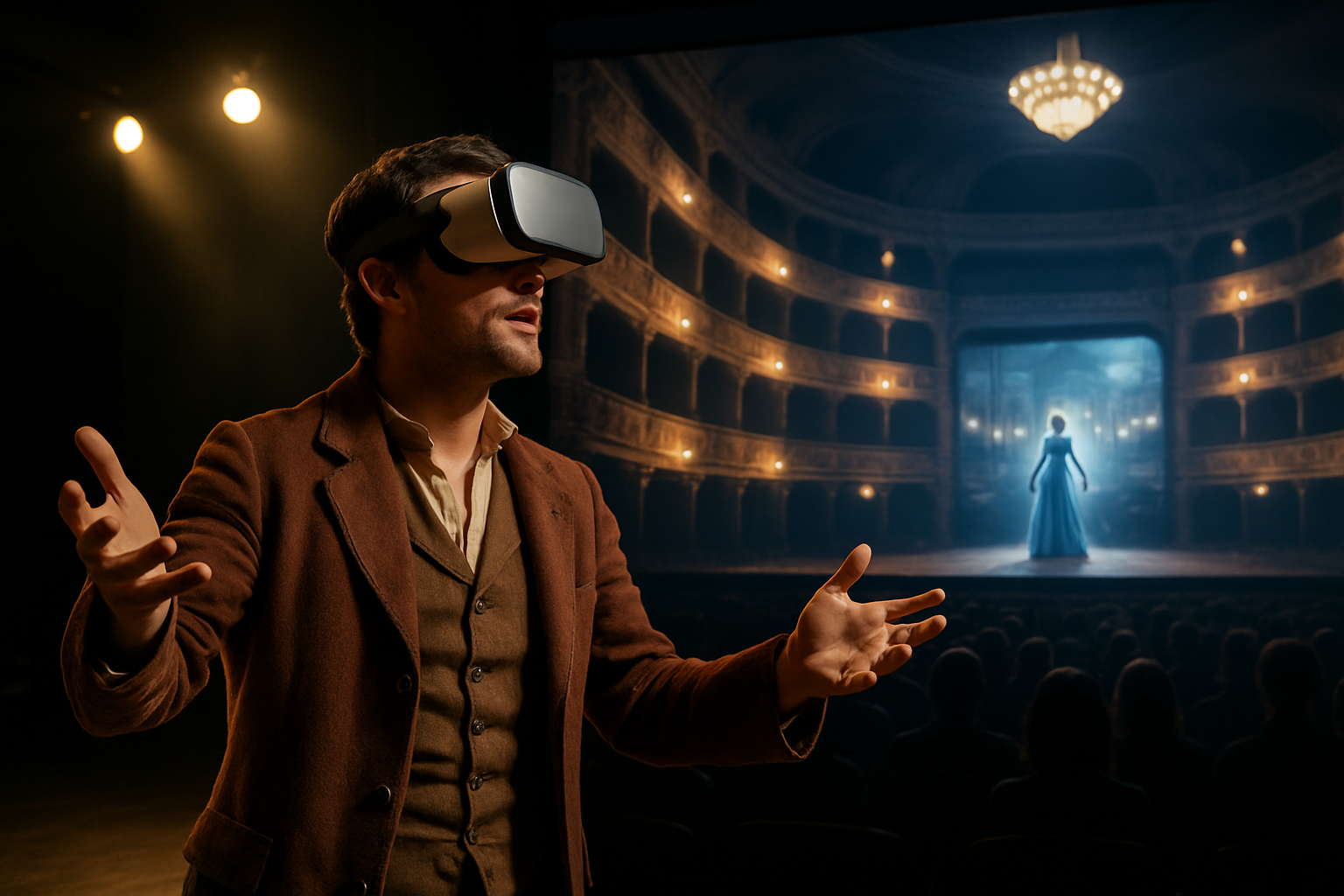The Rise of Holographic Opera: A New Dimension in Performance Art
In a world where technology and artistry increasingly intertwine, holographic opera emerges as a groundbreaking fusion of classical music and cutting-edge visual spectacle. This innovative art form is revolutionizing the way audiences experience opera, blending centuries-old musical traditions with state-of-the-art holographic projections. As opera houses around the globe embrace this new medium, we explore the origins, impact, and future of holographic opera, delving into how it's reshaping the landscape of performing arts and captivating a new generation of opera enthusiasts.

The first full-scale holographic opera debuted in 2018 at the Sydney Opera House, featuring a groundbreaking production of Wagner’s Der Ring des Nibelungen. This landmark event utilized cutting-edge holographic projectors to create lifelike, three-dimensional characters and fantastical environments that seamlessly integrated with live performers. The result was a breathtaking spectacle that captivated audiences and sparked a global conversation about the future of opera.
Technological Marvels Behind the Curtain
At the heart of holographic opera lies a complex array of technologies working in harmony to create a seamless, immersive experience. High-powered laser projectors, advanced motion capture systems, and sophisticated rendering software come together to produce stunningly realistic holographic images that appear to occupy physical space on stage.
One of the key innovations in holographic opera is the development of real-time rendering capabilities, allowing holographic elements to interact dynamically with live performers. This breakthrough has opened up new possibilities for storytelling and artistic expression, enabling directors and designers to create fluid, responsive environments that adapt to the nuances of each performance.
Reimagining Classical Works
Holographic opera has breathed new life into beloved classical works, offering fresh interpretations that resonate with modern audiences. Productions of Mozart’s The Magic Flute have transformed the opera’s whimsical elements into dazzling visual spectacles, with holographic creatures and enchanted landscapes that bring the fairy tale to vivid life.
Similarly, Puccini’s Madama Butterfly has been reimagined with holographic cherry blossoms that fall gently around the performers, creating an ethereal atmosphere that enhances the opera’s themes of beauty and impermanence. These innovative adaptations have not only attracted new audiences to opera but have also sparked debates about the balance between tradition and innovation in the art form.
Challenges and Controversies
Despite its growing popularity, holographic opera has faced its share of challenges and controversies. Purists argue that the technology detracts from the raw power of the human voice and the intimacy of live performance. Critics have also raised concerns about the high costs associated with implementing holographic systems, potentially limiting access to smaller opera companies and venues.
Additionally, there are ongoing discussions about the role of live performers in holographic productions. While some productions seamlessly blend live singers with holographic elements, others have experimented with fully holographic casts, raising questions about the future of human performers in opera.
The Global Impact and Future Prospects
Holographic opera has rapidly gained traction worldwide, with major opera houses in New York, London, and Tokyo investing in the technology. This global adoption has led to unprecedented collaborations between opera companies, technology firms, and visual artists, fostering a new era of interdisciplinary creativity in the performing arts.
Looking to the future, experts predict that holographic opera will continue to evolve, potentially incorporating elements of virtual and augmented reality to create even more immersive experiences. Some visionaries are already exploring the possibility of remote holographic performances, where audiences in different locations could experience the same live opera simultaneously through holographic projections.
As holographic opera continues to push the boundaries of what’s possible in live performance, it stands as a testament to the enduring power of opera to adapt and innovate. By embracing cutting-edge technology while honoring its rich traditions, holographic opera is not just preserving a centuries-old art form—it’s propelling it into an exciting and uncharted future.





